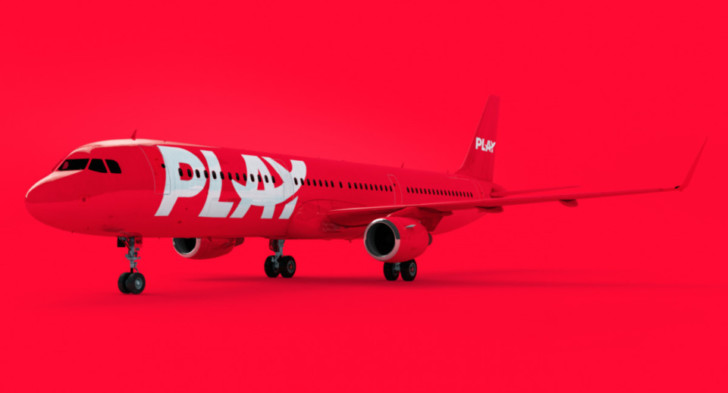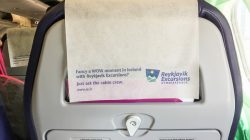PLAY was unveiled as one of two possible successors to Icelandic ultra-low cost carrier (ULCC) WOW Air in a press conference earlier today. The airline will be staffed by numerous ex-Wow Air employees, and plans to launch service before the end of the year to Europe, likely over the winter holidays in late December. Ticket sales will supposedly begin later this month, and by next spring, the carrier expects to have six Airbus A320 family aircraft in its fleet and begin services to the United States before the peak summer period.

PLAY is led by Arnar Mar Magnusson and has several ex-WOW employees on staff. The company has been working on securing an air operator’s certificate (AOC) from the Icelandic government since July, and claims to be close to the finish line. Initial services will be launched using two Airbus A321 jets to European destinations, and the carrier expects to grow to 10 jets within three years.
WOW Air was a decent idea with bad execution
The story of WOW Air makes for a remarkable airline case study. Founded in 2011, the airline grew slowly but steadily over its first three years with a focus mainly on secondary European destinations that were underserved by Icelandair. This was a valuable niche, and the carrier was profitable. Then, the carrier expanded to the United States (still with narrowbody jets) in 2015 and Canada in 2016. The carrier found a profitable niche funneling tourists to and from Iceland, and providing connectiong via Keflavik between the US and Europe.
The problems for the airline began when they began flying widebody jets, first adding the Airbus A330-300 to fly to Los Angeles and San Francisco, and eventually adding service to Delhi, India. The additional fleet type and added expense of long haul flying affected the carrier. The other mistake WOW made was adding secondary destinations in the US like Pittsburgh, Cincinnati, Cleveland, and St. Louis. These cities had very little O&D demand for Iceland itself, so WOW Air had to fill the plane exclusively with cheap connections to and from Europe. This was exacerbated by the rise of Norwegian on trans-Atlantic flying, which pushed down fares substantially.
PLAY should grow more slowly and stick to narrowbodies
So when PLAY launches, it should take a couple of lessons from WOW Air. First and foremost, it should avoid growing too rapidly to secondary European and American destinations. It needs to have at least a small critical mass (20-30% of the plane) of O&D travelers who are headed to Iceland for most of the destinations it serves. In the US and Europe, it should focus on bigger markets that have some critical mass.
At the same time, it should still take advantage of the natural strengths of Keflavik as a trans-Atlantic hub. On the European side Germany, Austria, Belgium, Switzerland, and the Netherlands have seen less low-cost, long-haul action than the UK, Scandinavia, Spain, or France. You still need to serve Paris, London, and arguably Manchester, but markets like Alicante and Tenerife are probably too thin to justify service initially. On the North American side, Boston, NYC, Chicago, Washington DC, Toronto, and Montreal are the no-brainers. Beyond that, PLAY should be very careful in the markets it looks to add.
At least initially, it looks like the team behind PLAY is taking a conservative approach that lines up with the strategy I’ve outlined above. Thanks to the 737 MAX issues, the carrier will have some room in late 2019 and early 2020 to get up and running before Icelandair can respond with growth. And if PLAY does come back and survive, it will mark yet another low cost transatlantic option for US and European passengers alike.

